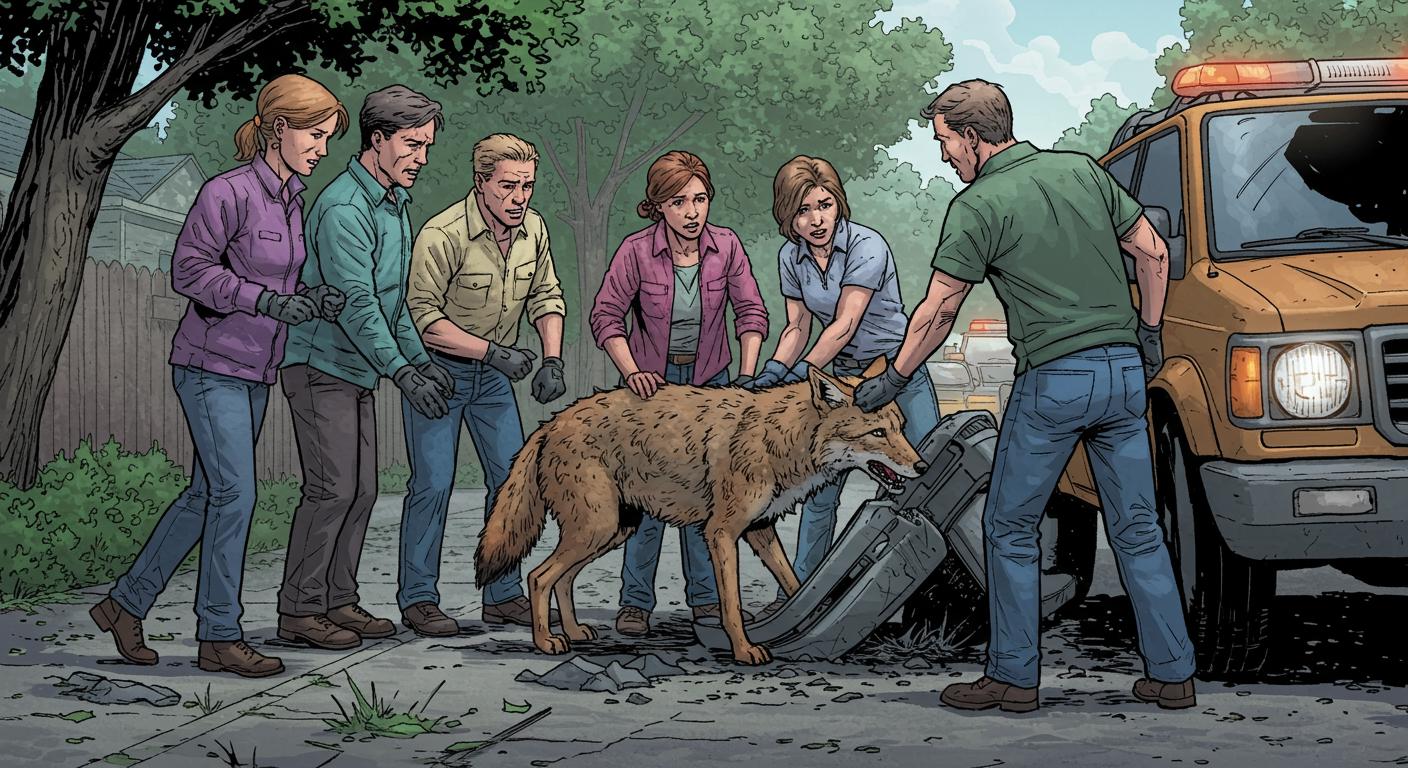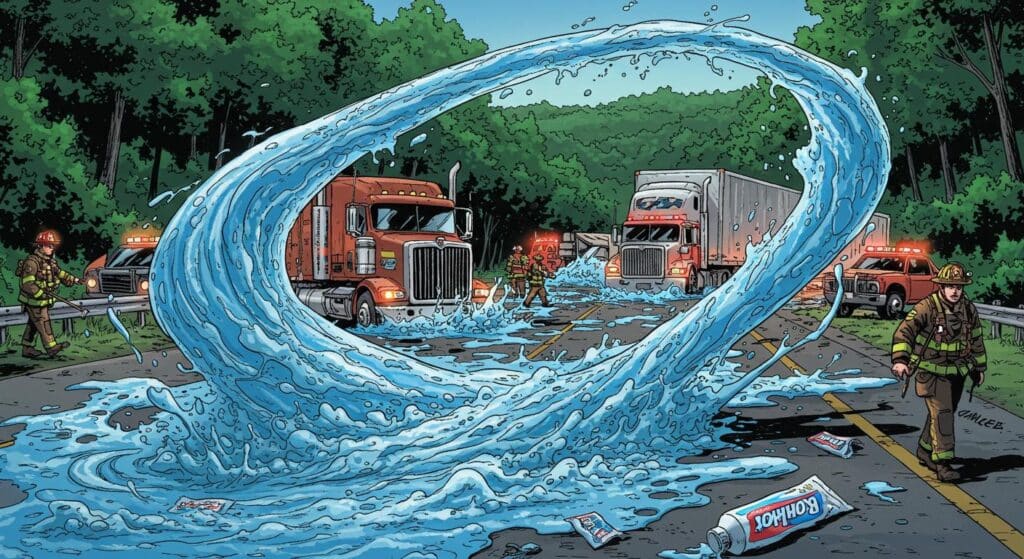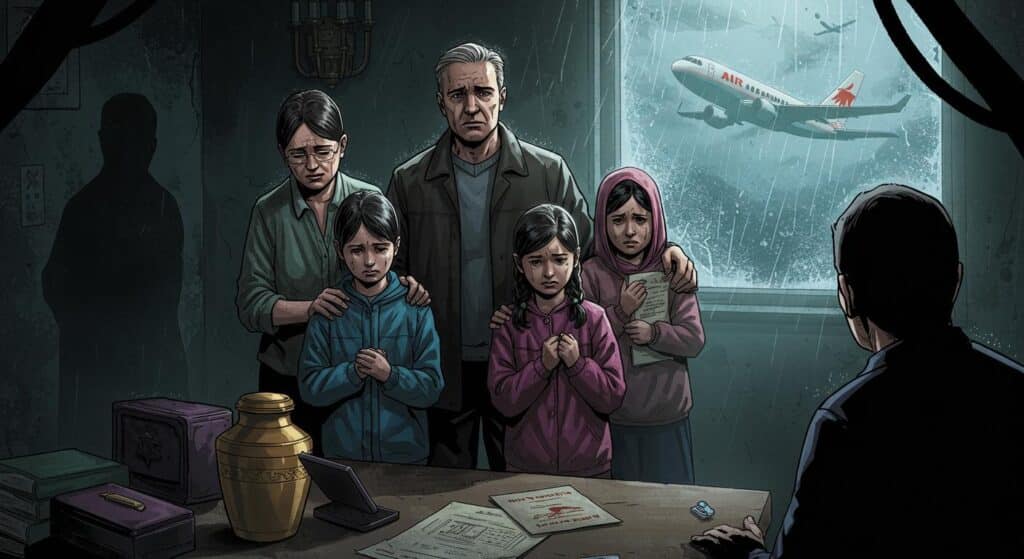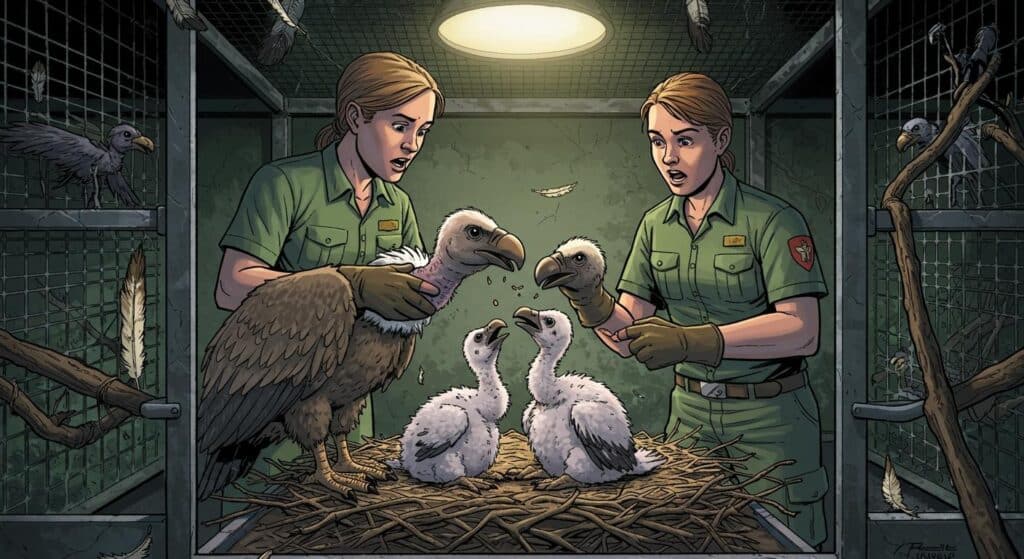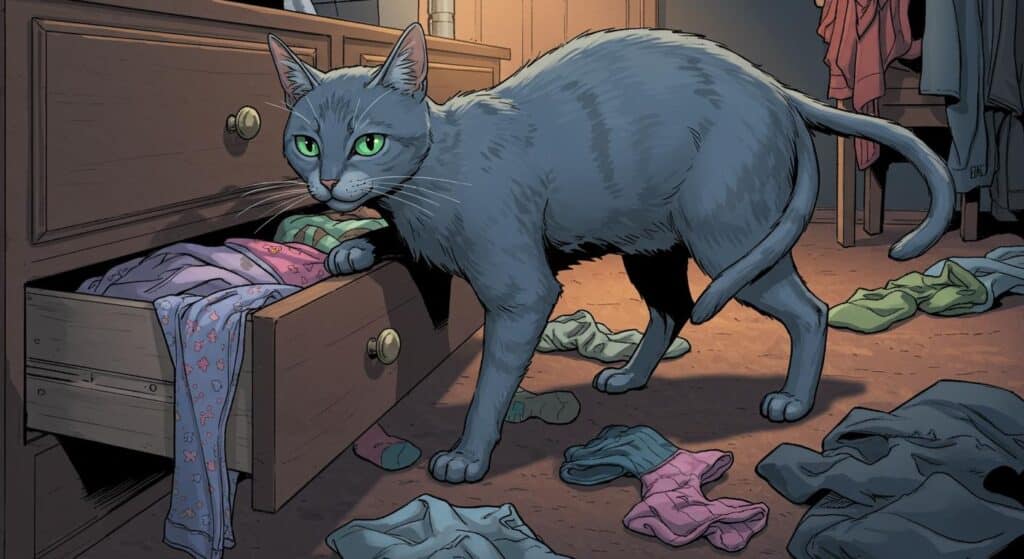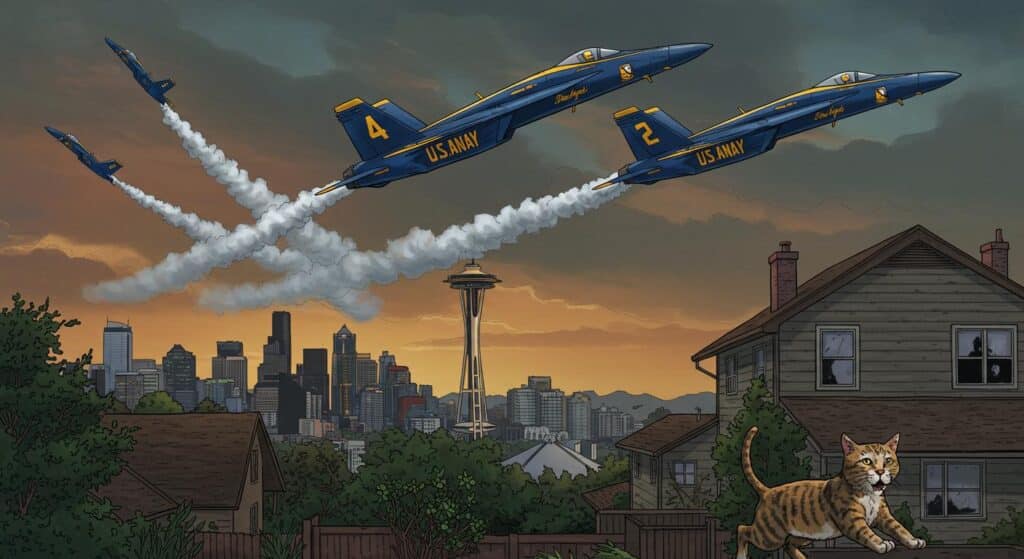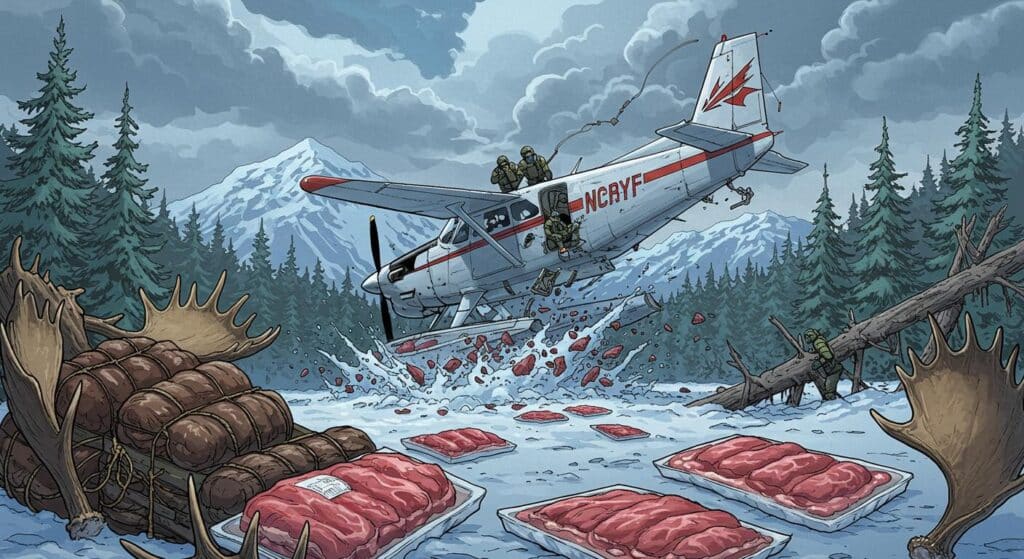Sometimes, amid tales of penny-farthing speed demons and wandering emus, the universe serves up a story that manages to be both slapstick and weirdly uplifting. One such episode recently unfolded in Charlotte County, Florida, where ordinary highway infrastructure met slapstick wildlife lore in a way unlikely to be topped by tomorrow’s headlines.
Bumper Car(digan): The Coyote Edition
On what must’ve started as an unremarkable drive, a Charlotte County motorist found their journey interrupted not by road construction or the Florida summer rain, but an unexpected passenger. After striking an animal that, improbably, ended up wedged in the car’s front bumper, the confused driver made the kind of phone call that surely begins with “You’re not going to believe this.” As detailed in UPI’s coverage, deputies arrived to discover a real-life coyote, quickly and appropriately nicknamed “Wile E.” by the Charlotte County Sheriff’s Office.
That office, leaning into the absurdity, reported on social media that despite this coyote’s apparent immunity to cartoon anvils, actual vehicles are another story. Deputies summoned the Wildlife Center of Southwest Florida Rescue and Transport to tend to the coyote’s injuries—two broken legs, reportedly, but a hopeful prognosis. As the sheriff’s team quipped, “No roadrunners were located in the area,” and if that isn’t a public safety postwriter flexing after a long week, I don’t know what is.
When Wildlife Collides With Routine
Much as we’d like to imagine coyotes as masters of rural cunning, no amount of folklore or late-night cartoon reruns prepares them for Florida traffic. UPI notes that with expert intervention, Wile E. stands a good chance at a return to his natural habitat, albeit presumably with a keenly developed apprehension of sedans. The whole episode is as close as reality gets to slapstick: the innocent persistence of wildlife squarely at odds with the movement of humans and machines.
Of course, the coyote’s predicament is just the latest chapter in Florida’s running anthology of animal encounters. UPI’s recent reporting collects a veritable parade of runaway creatures and improvised rescue missions: Charlotte County deputies also found themselves wrangling an escaped (and apparently thirsty) emu; elsewhere, Californians contended with a roaming pet pig named Wiggly, notorious for turning neighbors’ lawns into excavation sites; and in Colorado, a baby raccoon treated a truck engine compartment as an impromptu nap spot. These vignettes, documented in UPI’s odd news roundup, suggest the animal kingdom has zero intention of sticking to the wild.
Florida: Where the Line Between News and Cartoon Plot is Thin
Consider the odds: endless highways, a menagerie of semi-domesticated animals, and an environment that puts both humans and wildlife in each other’s lanes with remarkable regularity. Whether it’s runaway pigs or wriggling emus—or, in this case, a coyote with terrible timing—UPI’s chronicling of these events hints at a larger phenomenon. Are we witness to evolution in action, or just the inevitable outcome of living somewhere that feels like the set of an unscripted animated series?
There’s an oddity and a pattern here that feels delightfully on-brand for Florida: every animal seems to get its shot at baffling local authorities and motorists alike. If ACME had a branch office in the Sunshine State, you’d imagine their orders for malfunctioning gadgets and oversized magnets would be through the roof.
In the Rearview
A coyote revealed as your surprise travel companion is the sort of story that slips from oddity into legend with only minor retelling. This one, at least, seems to be headed for a relatively happy ending—the coyote poised to recover, officials only slightly more bemused, and Florida’s reputation for animal hijinks intact. Given UPI’s accounts of raccoons in engines and pigs on the lam, it’s hard not to wonder: just how many more stowaways or unexpected hood ornaments are passing under our noses? Or, perhaps more to the point—would we even be surprised?

